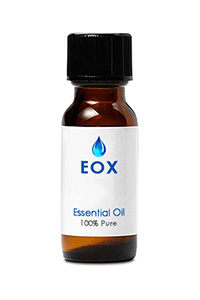New ArrivalsGift Ideas Specials Contact Us

WINTER 5% OFF SALE!
SITEWIDE05
Simply enter the above coupon code and save 5% on your ENTIRE ORDER!
Use PayPal, cash, or checks! NO LIMIT!

Now In: CATEGORIES → Essential Oils → 15ml Bottles → Essential Oil - Wormwood
Botanical name: Artemisia absinthium Color: Dark green to yellowish brown Consistency: Medium Perfumery note: Base Related planets/deities: Mars, Artemis/Diana, Iris Aroma: Bitter, earthy Energetic Properties: Warming, restorative, stimulant Aromatherapy properties: A dark green or bluish oil with a spicy, warm, bitter-green odor and a sharp, fresh top note. It blends well in minute quantities with oakmoss, jasmine, neroli, lavender, and ambrette seed. The distilled oil is concentrated and should be used with care. Spiritual uses: Absinthe, a liqueur containing wormwood oil, has been celebrated by writers and artists for its ability to increase clarity of thought, creativity, and inspiration. It has the reputation of allowing the user to see beyond everyday reality into the spiritual realms. The smell of wormwood oil or herbage is also credited with the ability to remove anger or help a person express it in healthier ways. Blends well with: Due to its bitter overtones, wormwood oil blends well with sweeter essential oils such as Anise, Angelica, Lavender, Sweet Orange, Jasmine, and Oakmoss. History: Wormwood’s healing properties were known to the ancient Egyptians and Greeks, who used infusions of wormwood to treat rheumatism, menstrual discomfort, and pain associated with childbirth. Wormwood was also used as an antiseptic in Egyptian medicine, and as a digestive stimulant in medieval Europe. The English name wormwood may come from its traditional use as a vermifuge against intestinal parasites. However, wormwood oil’s most famous use is in the preparation of absinthe. An emerald green liqueur with a strong bitter taste, absinthe was the drink of choice for artists and writers from Vincent Van Gogh to Oscar Wilde for its ability to excite the imagination and the creative mind. |
|
|||||||
|
|||||||





